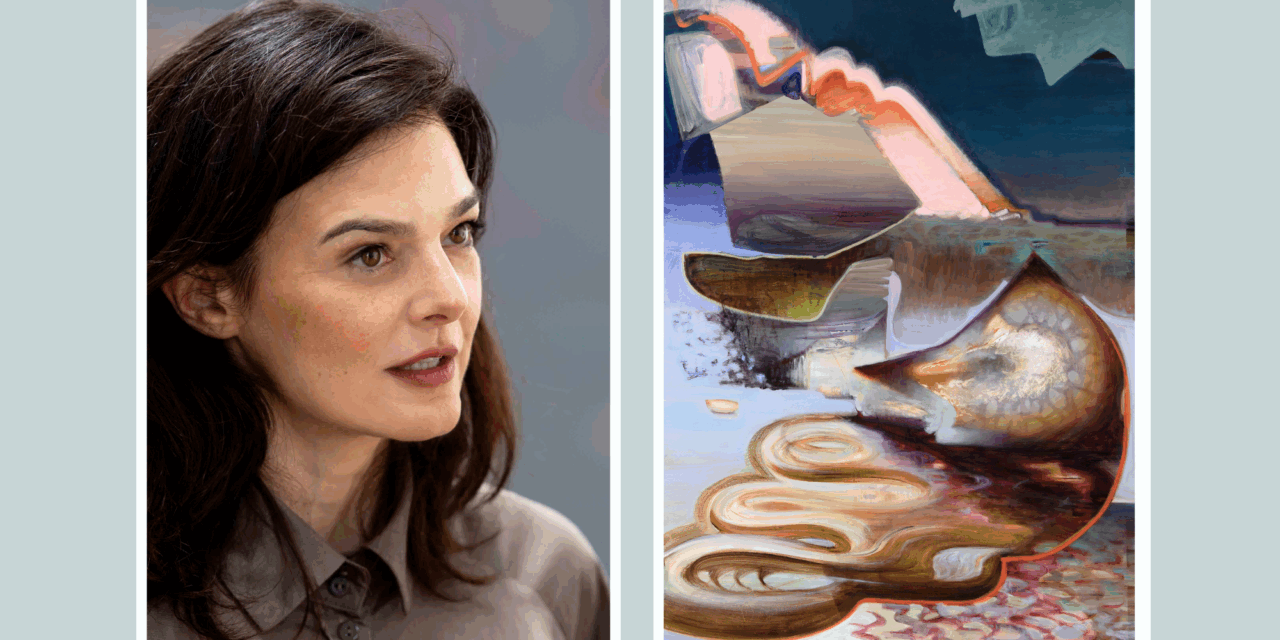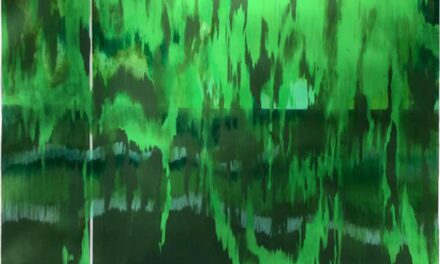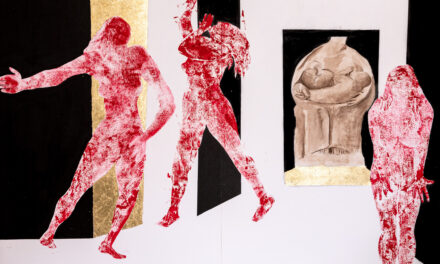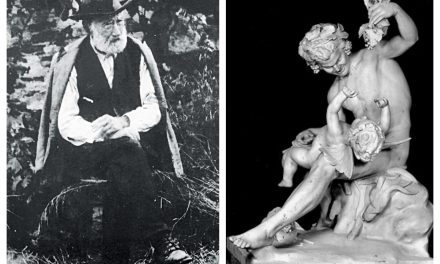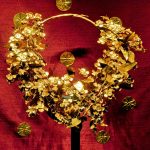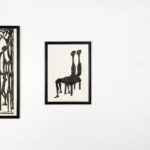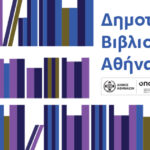Kiki Kolympari’s work explores abstraction as a form of visual storytelling, blending geometric forms, delicate tones, and symbolic motifs to convey themes of transformation and emotional resonance. Employing a refined palette of soft patterns and recurring shapes, she constructs serene, yet dynamic compositions. Her technique reflects an intuitive layering process, where spatial relationships evoke a sense of movement, balance, and introspection. Her art creates a contemplative space where abstraction becomes a medium for connection, reflection, and aesthetic harmony. A dynamic interplay of overlapping images and contrasting perspectives embodies her thoughts and emotions in response to life’s complexities.
Her solo exhibition, What I see when the street walks over me, currently on view at the a.antonopoulou.art Gallery, mirrors nature’s fluidity and becomes an evolving dialogue between structure and improvisation.
She was born in Nuremberg, Germany and graduated with honors from the Athens School of Fine Arts. She has held four solo exhibitions and has participated in several group shows and her paintings are featured in private collections in Greece and abroad. Kiki Kolympari discusses with Greek News Agenda* key aspects of her versatile visual universe and similarities between art and life.
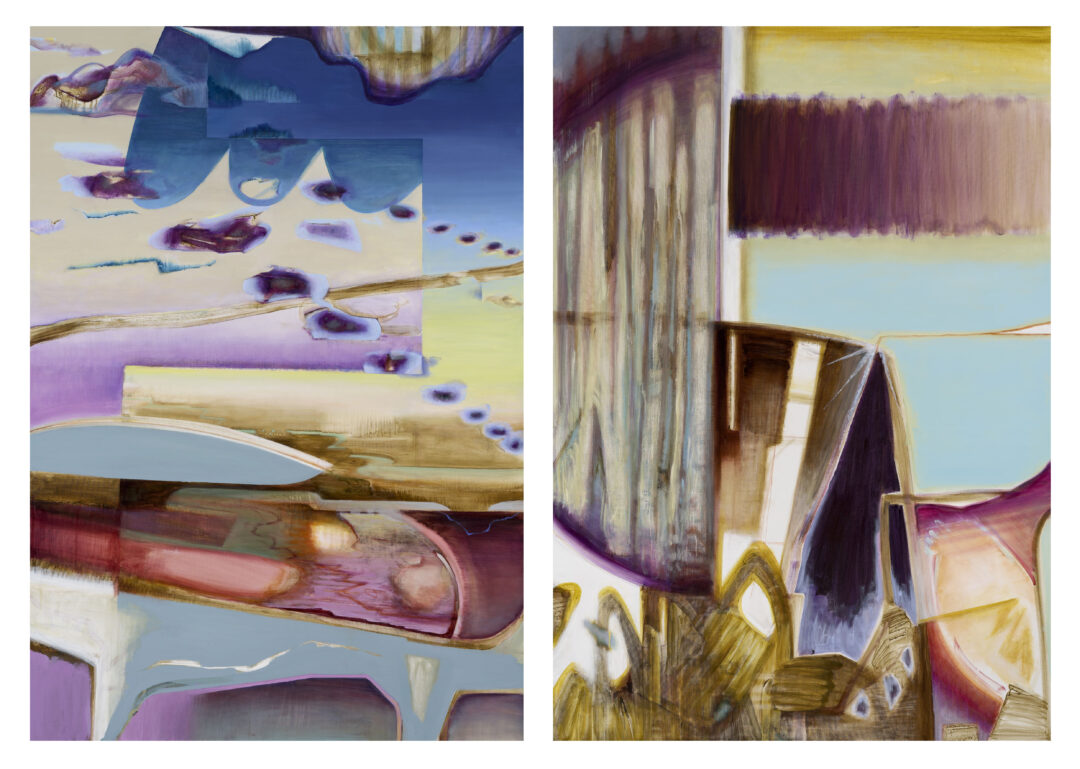
Fluidity, transformation and distortion define your work. What purpose do they serve?
The alteration of forms is one of the main characteristics of my work. Its nature allows me to project the issues that concern me, while it becomes a channel of communication with the viewer. What usually triggers my work are everyday objects or familiar images, related to specific actions and situations.
During the painting process, these motifs are altered and are released from their conventional identity. For example, a backpack is a personal item, a symbol of movement that carries information and useful things for us. We could compare it with our body or our mind. In that sense, the backpacks in my works are altered in such a way that they retain some identifiable characteristics; at the same time, though, they take on other connotations, by evoking, for example, a rock, a boat or even a house.
The alterations to which they are subjected, along with the connotations that come with them, raise questions about time, its changes and our reactions to them.
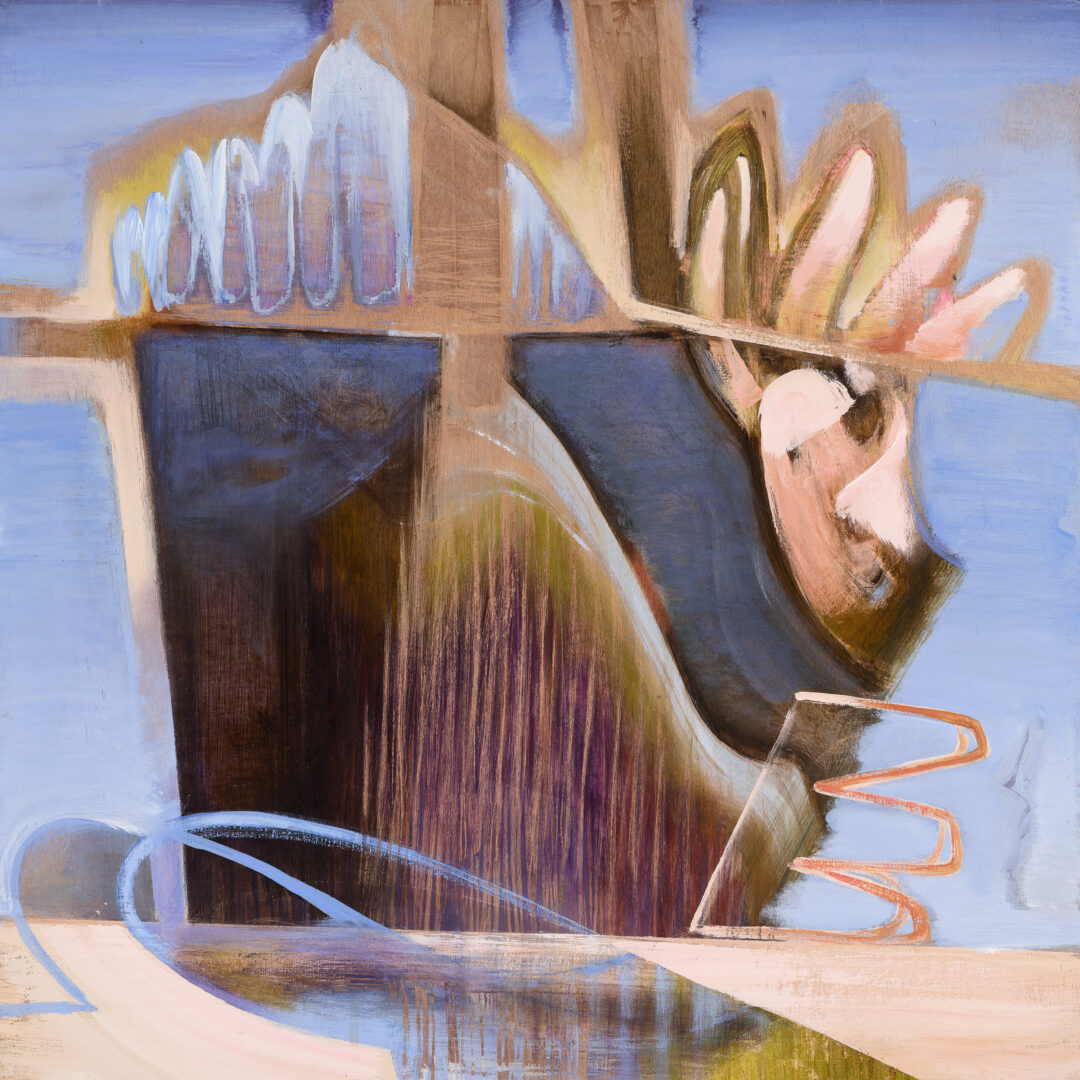
To what extent do you interact with your work? Is there a point when the artwork becomes autonomous from its creator?
Even before I start a painting, certain stimuli have already, to a large extent, determined its basic form. Once I begin, from the very first brushstrokes, a struggle of balance begins between the initial idea, the experience that will lead me to the desired outcome, and the tempting versions that arise by chance along the way. With respect to the latter, I always pay special attention, as the unknown (to me) rules of the material may provide new perspectives and broaden my quest.
So, essentially, knowledge and improvisation function in a parallel manner. I let myself be carried away by the work but only to a point, which I define.
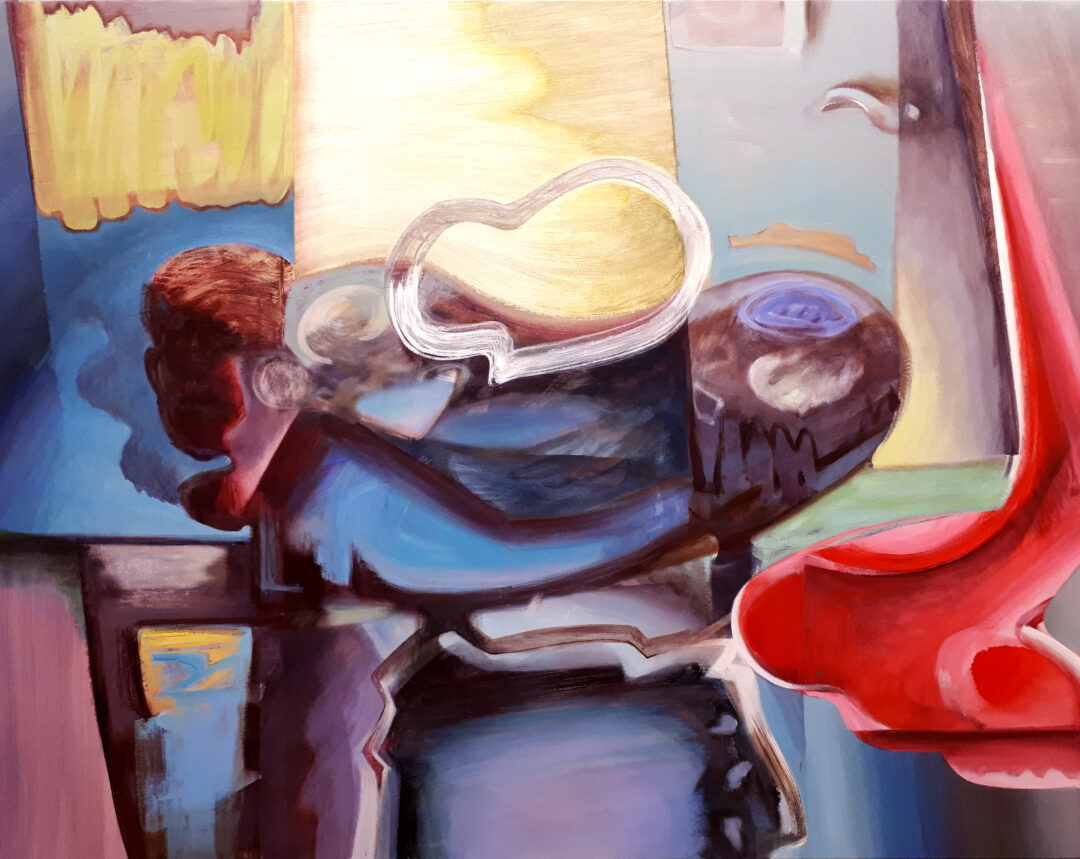
Your works create a sense of balance and stability. What are the rules applied to achieve this?
Each artist forms their own personal syntax and geometry that serves their work. This geometry is usually governed by its own mathematical rules. In my case, I would say that balance is shaped by the dynamics of the colors I choose, which, by extension, shape forms, spots, axes, etc. that will create my work. As I mentioned above, chance and improvisation, which happen in the final phase, often play an important role.
What role do time, movement and light play in your works?
Time concerns me as a common denominator in the change of animate and inanimate elements. By distorting objects and images, I highlight their fluidity. Time means movement. So, what I often want to do, through writing, brushwork and color, is to give a pulse and a sense of passing from one stage to another.
It is kind of unclear where the light comes from. This is not something that I determine in advance; I work on a case-by-case basis on each project. From my perspective, the forms that dominate my compositions are self-illuminated, as if the light is coming out of their color value. However, in some places, especially where there is a sense of solidity or third dimension, I feel the need to create a hint of an external light source. This is probably happening because in my works I want to maintain some minimal links with the visual phenomena of reality.
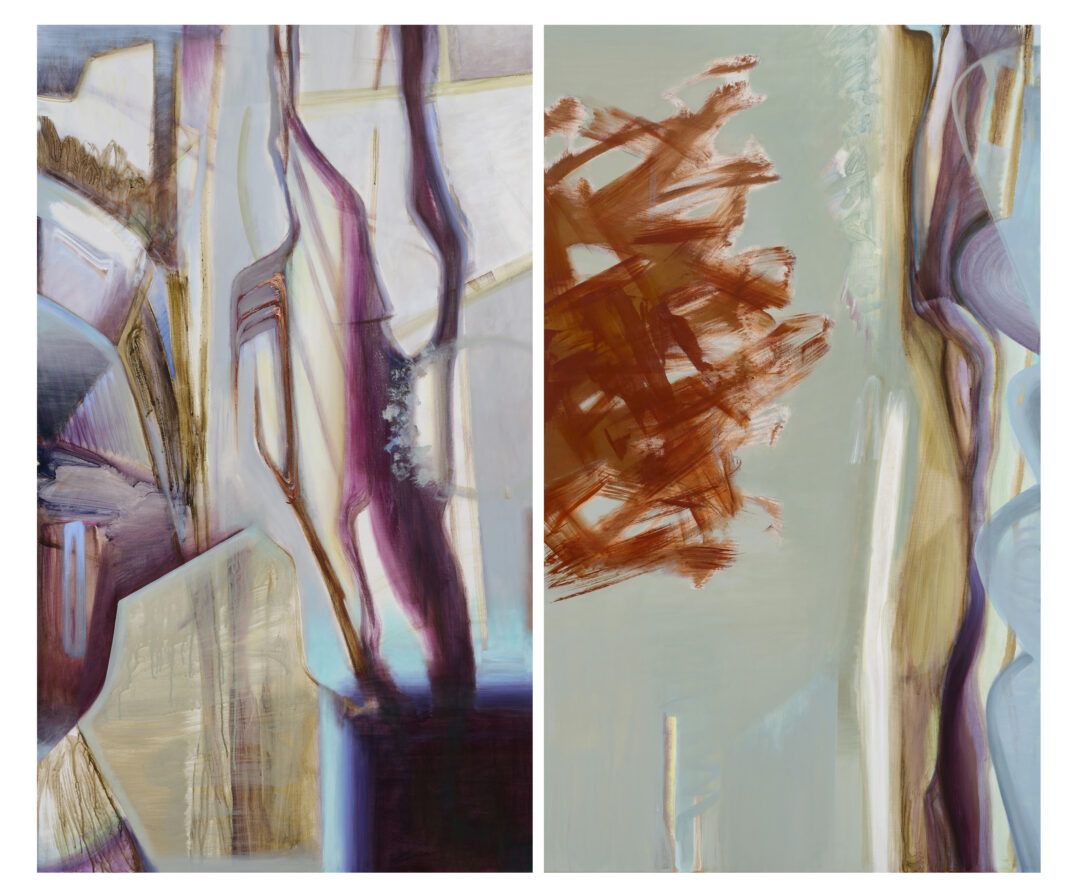
Do you see any similarities between art and life?
Life feeds art and art, in turn, metabolizes life. It organizes its chaos and enables us to know ourselves better and perhaps improve ourselves. Art and life coexist, and that’s precisely the reason they are governed by the same rules. Organizing a composition on the canvas is like organizing a room, a house or even putting your life in order. Making your priorities even clearer so you can reach your goal. The shapes and colors you will use are your vocabulary and syntax in your dialogue with others.
*Interview by Dora Trogadi
TAGS: ARTS

